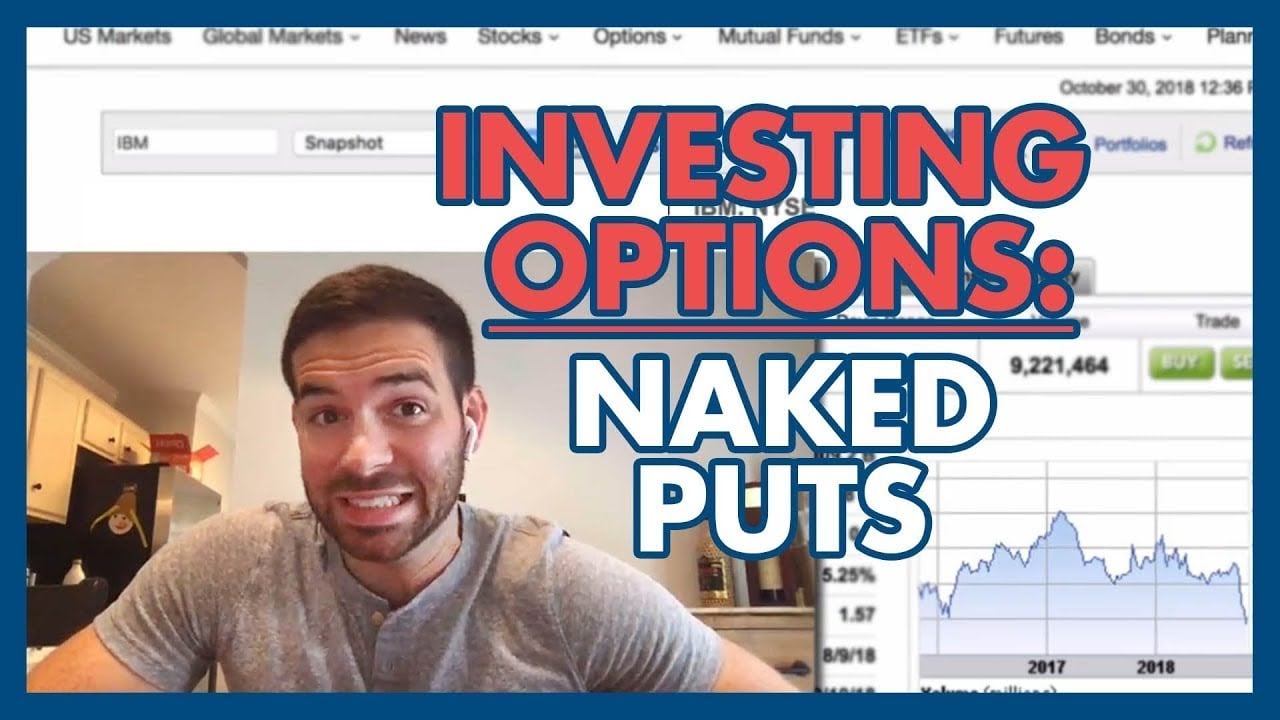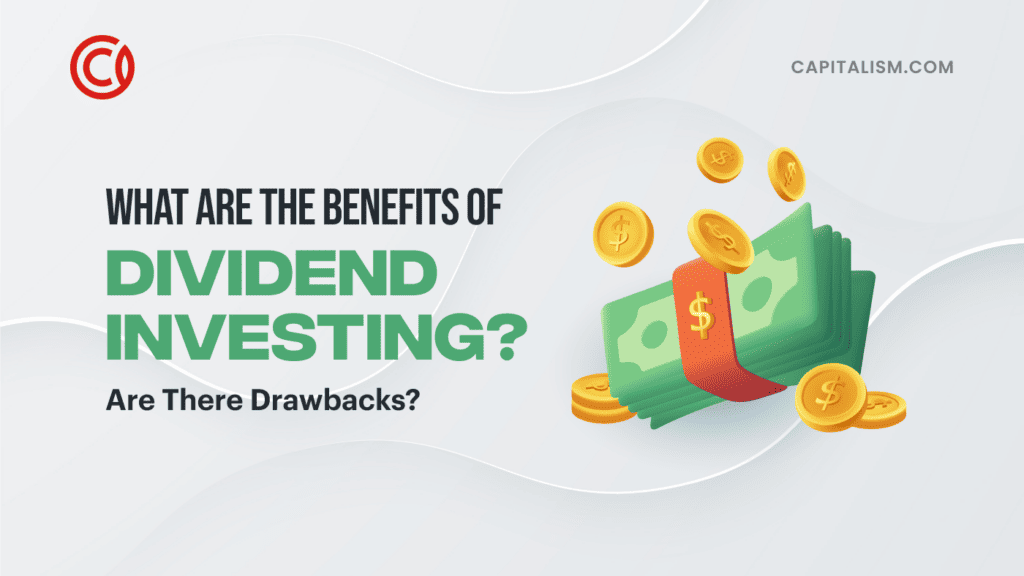What the heck is a stock option? If you’re new to investing, you may not have known there was a difference between a standard stock and stock option. What are they? What’s the difference? Which is better? You’re probably brimming with questions (and confusion). Fortunately, you’re in the right place to learn Stock Options 101.
Options trading has exploded in recent years. In fact, about 4.7 billion puts and calls were traded on U.S. exchanges alone. More people are trading stock options because they discovered that it’s a profitable way to invest your money while hedging some risks.
But stock options can be difficult to understand. Buying a stock is more straightforward. You buy it for its current value, and then sell it when it’s higher (of course, there’s more involved but that’s the bare basics).
Generating profits through stock options can get a little complicated. But when you can unlock the secret, you can fundamentally transform how you make money with stocks. Welcome to Stock Option 101. In this guide, we’re breaking down everything you need to know about stock options.
What is a Stock Option and How Does a Stock Option Work?

Here’s a textbook definition by Investopedia:
A stock option gives an investor the right, but not the obligation, to buy or sell a stock at an agreed-upon price and date. There are two types of options: puts, which is a bet that a stock will fall, or calls, which is a bet that a stock will rise.
If you just read that and you’re still confused, that’s okay.
When trying to understand a stock option, it’s best to think of it as a transaction between two investors. One investor is the seller (or option writer) and the other is the buyer (the holder).
What exactly are you buying when you buy a stock option?
When the option writer sells you a stock option, you are buying the option (hence the term stock option) to buy or sell a stock at a specified price by a certain date.
The option to buy a share from the option writer is a call. The option to sell a share is a put. Call options predict that the price will increase, whereas the put options predict that the price will decrease.
It’s important to note that buying options doesn’t actually give you any ownership of the company. You have only bought the option to buy or sell a stock share, not the stock itself.
Defining Key Terms
Hopefully, that made a little more sense. If not, we’ll be diving more in-depth with the different option types. Before we do, here are some basic terms to be mindful of as you read the rest of this guide.
Writer: The investor who sells the options contract and receives the premium from the holder. They are obligated to sell or buy a stock share if the holder exercises the option.
Holder: The investor who owns the options contract is the holder. A call holder has the option to buy the stock and a put holder has the right to sell a stock.
Premium: The price per-share an investor pays when buying an option.
Expiration Date: When comparing stocks and stock options, stock options have what you call an expiration date. A holder has until the expiration date to exercise the option to buy or sell a stock. The contract is void if the holder doesn’t exercise the option by the expiration date.
Strike Price: The price that an option contract can be exercised. A strike price’s purpose is to lock in the future price of a stock. When the holder exercises their option, the stock share will be bought or sold at the strike price, not its current market value.
Contract: A stock option contract specifies the specific stock share, strike price, and the expiration date. A standard contract usually consists of 100 shares, but this amount can be adjusted depending on the agreement between the options traders.
Put: Purchasing the option to buy a stock for an agreed-upon price by a future date.
Call: Purchasing the option to sell a stock for an agreed-upon price by a future date.
In the Money: When the relationship between the stock price and strike price is favorable to the option buyer (the investor makes money).
Out of the Money: When the relationship between the stock price and the strike price is unfavorable to the option buyer (the investor loses money).
At the Money: When the stock price is (fairly) equal to the strike price.
American vs. European Stock Options
It’s worth noting that American options and European options have a significant difference.
With American options, the investor can exercise the transaction any time between the purchase of the stock option and its expiration date. European options, in contrast, can only be exercised on the expiration date.
With American options, you have more flexibility as to when to exercise the option, but with European, you are locked into single expiration date.
In this guide, we will be focusing primarily on American stock options, but some of this knowledge can be applied to European stock options.
Buying and Selling Options: Holders Are NOT Obligated to Exercise
When you choose to buy a stock, you immediately own the stock after you buy it. Similarly, when you sell a stock you immediately lose ownership after the sale.
When buying a stock option, it’s different. The investor has the option (not the obligation) to buy or sell a stock at its strike price within the expiration date. Alternatively, they may choose to let the contract expire and they lose their premium.
You might be scratching your head, so let’s use a made-up scenario.
Let’s pretend that you buy a stock call option for $25. However, by the expiration date, you learn that the underlying stock is currently priced at $15. Since the strike price ($25) is higher than the stock price ($15), you’d end up paying more if you exercise your call option.
Market Price: $15
Strike Price: $25
In this scenario, if you still wanted the stock share, you would just buy it on the open market for $15, instead of exercising your call option for $25.
You’re not obligated to exercise a call option if it isn’t profitable to do so. Remember: you have the option, not the obligation, to exercise.
Stock Calls vs. Stock Puts
If you’re thinking about adding stock options to your investment portfolio, you’ll be looking at two types of options: calls and puts.
Stock Calls
When you buy a stock call, you have the right (but not the obligation) to buy the stock for the agreed-upon price by a certain date.
This can be a profitable investment strategy if you believe that the stock price will increase over time.
Stock Puts
When you buy a stock put, it’s the opposite. This gives you the option (but not the obligation) to sell the stock for the agreed upon price for a certain date.
Buying stock puts can be profitable if you believe that a stock’s value will drop significantly. You can purchase the stock at its lower market value and then sell it at the higher strike price.
Aim for “In the Money”
When trading stock options, you’ll learn about “in the money” and “out of the money.” For call and put options, that would mean different things:
Calls That Are “In The Money”
That means that a call option has a strike price lower than the underlying stock’s current price. This is how investors can make money with call options.
Let’s use this example:
Let’s say that Stock A is currently priced at $50. However, you purchased a call option with a strike price of $40.
Strike Price: $40
Market Price: $50
Profit: $10
If you were to exercise the option, you can purchase Stock A for $40, ten dollars lower than its current price. You can then take Stock A and sell it for the current price for $50, netting you $10 in profit.
Puts That Are “In the Money”
When a put option has a strike price that is above the current stock price, that put is also “in the money.” This is how you can make money with put options.
Let’s use this example:
Let’s say that Stock B is $40 per share. However, you purchased a put option for $50.
Strike Price: $50
Market Price: $40
Profit: $10
In this scenario, you can buy Stock B at its market price for $40 and then exercise your option to sell it at its strike price for $50. This route will also net you $10 in profit.
Remember: options allow you to lock in a stock share price at a future date. By your expiration date, you can choose to exercise your option to buy or sell or let it expire if exercising would not be profitable.
What Are the Benefits of Stock Options over Stocks?
You’re probably asking, are options better than stocks? After all, if you’re betting the stock price will increase, why not just buy the underlying asset instead of the option? With the extra steps involved, are stock options worth it?
Here are a few advantages to buying stock options over the underlying stock:
1. Minimize Your Risk
If you buy the underlying stock for $50 per share and the stock price plummets to $5 per share, you’ve taken a heavy hit if you decide to sell your stocks.
However, let’s say you buy a call option for $15, betting that the stock price will increase. As we learned, that stock price sunk from $50 per share to $5 per share. However, your investment as an options trader was only $15. You do not have to exercise the right to buy that share because it is not profitable. Your loss was mitigated to just $15 for the premium price.
If the stock price falls, just let the option expire and cut your losses.
2. Buy Yourself Some Time
Depending on which stock option you buy, the expiration date can range anywhere from a few weeks to a few years. For some investors, they might want to see how a stock performs over time before fully committing.
Paying just the premium to buy a stock option gives investors a predetermined time to assess a company’s progression while minimizing their risk to just the premium they paid.
3. Generous Potential Return
In the earlier scenarios, we discussed various ways you can earn money through call and put options. For example, you can buy stock shares at a price lower than its current market value. Then you can flip those shares and sell them at their current market value.
Refining your stock options strategy can net you some generous returns if the strike price and current market value are favorable to you.

Covered vs Naked Options Explained
If you plan to sell options instead of buying them, you’ll need to understand the difference between a covered and naked option.
Covered options are contracts sold by investors who also own the underlying stock share. In contrast, a writer has naked options if they do not own the underlying stock share.
Covered Option: You do own the underlying stock share.
Naked Option: You do not own the underlying stock share.
For example, you have a covered call when you sell call options but also own the same amount of the underlying stock. As the seller of the call option, you wouldn’t need to buy the stock at the time the buyer exercises their option because you already own that stock share.
Why Create a Covered Option?
The most important reason why a covered call is advantageous to the writer of the option is that you can mitigate your risk. This is especially important for covered calls, where you want to protect yourself against significant increases in a stock share’s future market price.
Let’s use this example:
Let’s say that you sell a $50 12-month call option and simultaneously buy the underlying stock for $40 per share. However, six months later, the stock price skyrockets to $80 per share.
If you have a covered call, you have mitigated your risk. You can sell the stocks you already purchased at $40 per share for the agreed-upon $50 to the holder.
But what if you sold a naked call option?
Well, you would suffer some heavy losses. You would be forced to buy the stock at $80 per share and then sell it at $50 per share to fulfill the options contract.
A covered call mitigates the risk, which is technically unlimited because the stock price can theoretically climb to infinity.
The Advantage of Naked Options
There are certain scenarios when you would want to sell naked options.
- You Have Lower Capital: Buying the underlying stocks upfront can be expensive. Buying naked options allows you to still participate in buying and selling stock options with a lower budget.
- You Predict Positive Projections for a Stock: If you feel confident about the direction a stock share’s price is headed, you can use this to your advantage. Researching the company and their past performance can help you make informed predictions that may offset some of your risks.
Trading Options: Cons
Increased Risk (If You Are the Options Writer)
If you decide that you want to sell options contracts, instead of buying them, you are exposing yourself to incredible risk.
For option holders, their potential loss is limited only to the premium paid to buy the stock option. However, for writers, they can lose additional money on top of the premium paid by the holder.
Let’s use this example:
Let’s say a call holder exercises the option to buy a stock at the strike price of $20. However, the stock’s current price is $60 per share (200% more than the strike price). If you don’t already own the stock shares, you are obligated to purchase those stock shares and sell them at the lower strike price of $20.
Writing options exposes you to more risk than buying them.
A stock’s price can increase exponentially. So, if you sell a stock that increases by 300%, you’d have to pay the increased price AND sell the stock at a lower price to the option holder.
Decaying Time Value
As you’ve learned, stock options have expiration dates. With stock options, your contract has a finite life span before you must exercise your option or forfeit it. This is one disadvantage between options traders and stock investors.
With stocks, you technically have an indefinite time frame for your stock to yield favorable results. That means if your stock takes a nosedive, you still have the opportunity to hold onto it, in case the stock’s value climbs back up.
With stock options, you don’t have the luxury of time. Whether your expiration date is next month or next year, you only have that time window to evaluate a certain stock’s performance. If the results are unfavorable, you would forfeit your option and lose the premium you paid.
Stock Options 101: Final Thoughts
When you’re trading options, remember that you are buying the right to buy or sell shares of the underlying stock.
While you don’t hold any immediate ownership, you still gain some advantages of buying a stock option over the stock share, like minimizing your risk exposure.
Still, stock options can be confusing, especially if you’re new to investing. It’s worth consulting with an expert before diving into stock options. If you do decide to move forward with trading options, start with buying stock options first. This will protect you from the potentially unlimited risk of selling options, especially if they're not covered.
But stock options are just one way to make money online.
If you want to learn more about trading stock options and more, we invite you to join The One Percent where we cover the topic in-depth with an expert. When you join, every month you’ll be exposed to new and exciting ways to increase your cash flow.











